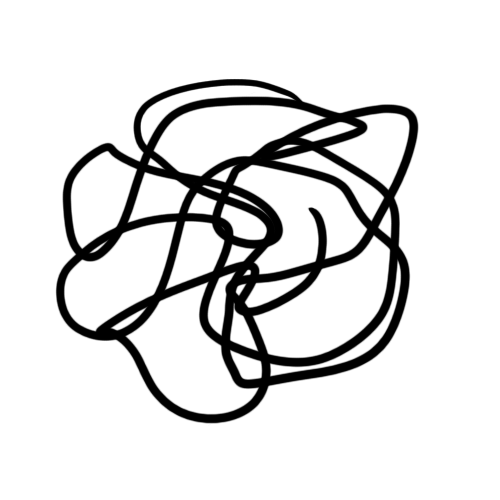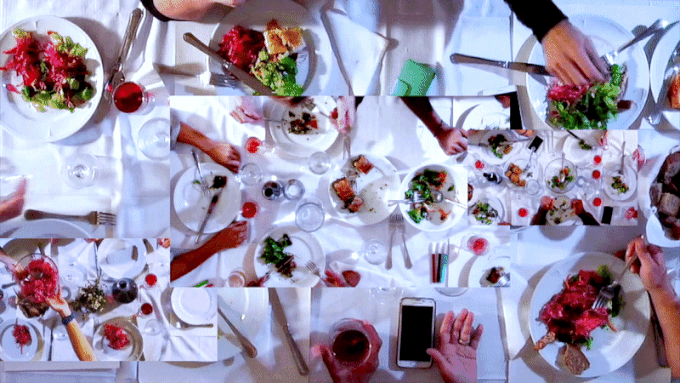
About
“Now, by my life, mankind again! But who? Savages, are they, strangers to courtesy? Or gentle folk, who know and fear the gods?”
Odyssey, 102, Homer
“Chez Nausicaa” is a dinner-performance based project that revisits the definition of the Ancient Greek concept of ξενία (xenia) - this idea of generosity shown to those who are far from home. Tin the light of the current refugee situation. Xenia is one of the most important themes in The Odyssey. More than just being polite to strangers, it represents a set of rules and customs that define the guest-host relationship between two individuals or groups of people. In this reciprocal relation, the host had to show respect to the guests by providing them with food, drink, bath and gifts and treating them as if potentially a disguised divinity without never asking any question about their identity. In return, the guests had to show respect to the host by being courteous and, when ready, reveal his/her identity and share their story.
For this project, the artist invited in a traditional Greek home in Athens, four small groups of Athenians, refugees and tourists from 11 nationalities (Afghanistan, Denmark, Iran, Italy, France, Germany, Greece, Pakistan, Slovenia, Syria and United States) to share anonymously a homemade dinner, reactualizing along the way the guest-host relationship described in The Odyssey. The human interactions and personal stories that unfold during the four dinners acted as the starting point for the artist to create a multimedia body of works exploring the revealing of the Self and the construction of the relationship with the Other.
“Chez Nausicaa” in Athens was developed with the support of the French Embassy, Nicos A. Vernicos and the Contemporary Art Foundation (USA).















